Indian Components Industry Witnesses Growth On The Back Of Localisation And Value Addition
- By Bhushan Mhapralkar
- July 25, 2024

Clocking USD 74.1 billion turnover and a growth of 9.8 percent in FY2023-24 on a year-on-year basis, the Indian auto components industry body (the Automotive Components Manufacturers Association) ACMA has announced the finding of its ‘Industry Performance Review’ for FY2023-24.
The report mentions that the turnover growth of the automotive component industry is influenced by factors such as the rise in consumption of increased value-added components, thrust on localisation and a market shift in terms of increasing preference for larger and more powerful vehicles.
On the exports front, the report highlighted a growth of 5.5 percent to USD 21.2 billion in FY2023-24 as compared to USD 20.1 billion in the last fiscal. North America accounted for 32 percent of the exports with a growth of 4.5 percent. Europe accounted for another 33 percent with a growth of 12 percent. Asia accounted for 24 percent of the export market with the growth remaining flat. The key components that were exported in FY2023-24 were drive transmission and steering, engine components, body and chassis, suspension and braking systems etc.
The report also stated that exports, with trade surplus (CAGR of export is twice that of the import) have remained study in the wake of political challenges.
Witnessing a growth of three percent in FY2023-24 to USD 20.9 billion as compared to USD 20.3 billion in FY2022-23, imports were of the following nature: engine components, body and chassis parts, suspension and braking parts, drive transmission and steering parts.
Asia accounted for 66 percent of imports followed by Europe and North America at 26 percent and eight percent respectively, imports from Asia grew three percent and that from Europe by four percent. Imports from North America remained flat in FY2023-24.
On the aftermarket front, the increased movement of vehicles and surge in demand for used vehicles led to buoyancy across segments. The turnover of the aftermarket in FY 2023-24 was USD 11.3 billion. In FY2022-23, it was USD 10.6 billion. The e-commerce sector involvement has led to the aftermarket witnessing gradual shift into organised trade. The digital route is also leading to higher penetration in the hinterland of the country.
The supply to electric vehicles accounted for six percent of the auto components industry turnover of USD 74.1 billion. The Indian auto component industry is optimistic on the back of the robustness exhibited by the economy.
Regarding the performance of the auto component industry, Vinnie Mehta, Director General, ACMA, said, “On the back of steady vehicles’ production in the country, a robust aftermarket and growth in exports, the auto component industry grew to Rs. 6.14 lakh crore (USD 74.1 billion) registering 9.8 percent growth in FY23-24, thus outpacing the turnover of Rs. 5.59 lakh crore (INR 55.9 billion) in the previous fiscal. Component supply to OEMs in the domestic market grew by 8.9 percent to Rs.5.18 lakh crore (INR 51.8 billion), with supply to the EV manufacturing industry accounting for 6% of the total component production in the country. Exports grew by 5.5 percent to USD 21.2 billion while imports grew by three percent to USD 20.9 billion, thus resulting in a trade surplus of USD 300 million. The Aftermarket, estimated at Rs. 93,886 crore (USD 11.3 billion) also witnessed growth of 10 percent.”
Shradha Suri Marwah, President, ACMA, and Chairman & Managing Director, Subros, mentioned, “It is pertinent to note that apart from increase in vehicle production, higher value addition from the component sector has led to growth in the auto components sector. On the front of trade, whilst overall merchandize exports from India witnessed degrowth in FY24, auto components exports have grown despite geopolitical challenges and increase in logistics costs. That apart, growth in imports has been comparatively lesser, leading to trade surplus, indicating thrust by the industry on front of localisation.”
“Steady growth in the vehicle industry has resulted the industry reaching pre-pandemic levels of performance in FY24 in most segments, however, the first quarter of FY25 witnessed somewhat slower offtake in vehicle sales, especially in PVs and CVs, given the high base, due to inclement weather conditions and elections. With strong macro-economic indicators, conducive government policies and over seven percent growth projected for the Indian GDP, we are hopeful that the auto components industry will continue to perform well in FY25,” she articulated.
MapmyIndia And Zoho Announce Integration For CRM Users
- By MT Bureau
- November 26, 2025

MapmyIndia Mappls, a digital mapping and geospatial technology company, and Zoho, a technology company, have announced a collaboration to integrate two MapmyIndia features directly within Zoho CRM. The features being integrated are Address Capture and Nearby Lead Finder.
The integration allows Zoho CRM users to: capture verified addresses, visualise customer locations, discover potential leads in nearby areas and optimise sales routes. These functions are powered by MapmyIndia’s mapping platform.
Rakesh Verma, Co-Founder, Managing Director & Group Chairman, MapmyIndia Mappls, said, “This partnership between MapmyIndia and Zoho is a true blue Swadeshi celebration – two Indian innovators and leaders in their respective fields - coming together to deliver cutting-edge, homegrown technology that is world-class. MapmyIndia Mappls Address Capture and Nearby Lead Finder capabilities will help Zoho CRM users across India to work smarter and sell better, while keeping all data and innovation safe within India. I am confident that this partnership will boost collaborations amongst Indian tech companies creating a sympathetic ecosystem towards the realisation of an Atmanirbhar, Viksit Bharat.”
Mani Vembu, CEO, Zoho, said, "At Zoho, we believe that true technological progress begins with self-reliance. Building deep-tech R&D from India has always been one of our foundational pursuits, driven by the immense talent and creativity that thrive in the country. Our partnership with MapmyIndia embodies this vision, uniting homegrown expertise in business software and digital mapping to deliver solutions that are powerful, privacy-focused and proudly indigenous. This integration empowers Indian businesses by combining business intelligence with spatial intelligence, giving field teams the location-aware insights they need to better serve their customers."
Toyota Kirloskar Motor Opens Experiential Museum In Bengaluru
- By MT Bureau
- November 24, 2025
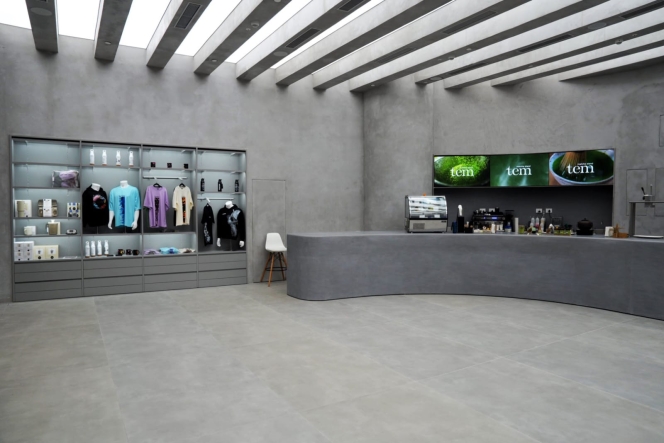
Toyota Kirloskar Motor (TKM) has unveiled the Toyota Experiential Museum (TEM) in Bengaluru, which it said is a new cultural and lifestyle hub for the company. The space combines Indian philosophy with Japanese culture and technology.
Located on the ground floor of the Phoenix Mall of Asia, TEM is spread across 8,200 sq ft and offers a five-senses experience, blending Japanese minimalism with Indian warmth through visuals, sounds, scents, textures and flavours.
Tadashi Asazuma, Deputy Managing Director, Toyota Kirloskar Motor, said, “At Toyota, our vision of creating ‘Happier Paths Together’ goes beyond mobility – it is about inspiring experiences that connect people, cultures, and emotions. With TEM, we hope to offer a truly unique experience that embodies this spirit.
In India, we found inspiration in the practice of Sadhana – the mindful pursuit of inner balance and fulfilment. TEM is where the Japanese culture and values of precision, serenity, and respect for nature beautifully align with the spirit of Sadhana, making TEM a meaningful blend of both. Designed to engage the senses and spark reflection, it brings together art, technology, and craftsmanship to inspire mindfulness, especially amongst the youth.”
The museum features minimalist interiors and distinct aesthetics designed to spark curiosity, inviting guests to explore at their own pace. The journey begins with a mirrored and rhythmic experience of the changing seasons common to Japan and India, unfolding through infinite projections of light, colour and motion. It then rises into a celebration of shared passion, featuring an audio-visual collaboration with DRUM TAO. A display includes a water curtain encircling a car draped in satin.
A design cafe offers a range of merchandise blending heritage with contemporary lifestyle, celebrating simplicity and craftsmanship.
The TEM cafe features a curated menu that blends the Japanese tradition of matcha with Indian flavours. Highlights include the India-inspired mango infusion.
- Maruti Suzuki India
- Maruti Suzuki Innovation Fund
- Ravity Software Solutions
- Sociograph Solutions
- Amlgo Labs
- Hisashi Takeuchi
- Vikas Rungta
Maruti Suzuki India Invests INR 20 Million In Ravity Software Solutions
- By MT Bureau
- November 21, 2025

Maruti Suzuki India (Maruti Suzuki) has announced an investment of nearly INR 20 million to pick up 7.84 percent stake in Bengaluru-based mobility insights start-up Ravity Software Solutions. The start-up claimed to be a global platform for AI-driven connected mobility intelligence, which transforms vehicle data into business value.
This marks the automaker’s third such move through ‘Maruti Suzuki Innovation Fund’, which makes strategic investments in innovative and high-potential start-ups that can support Maruti Suzuki India’s operations.
The company made its first investment of INR 20 million in Sociograph Solutions in June 2022, followed by the same amount in Amlgo Labs in March 2024.
Hisashi Takeuchi, Managing Director & CEO, Maruti Suzuki India, said, “Aligning to our core value of keeping customer at the core of our business, we are focused on enhancing vehicle ownership experience. In the age of open innovation, we strive to co-create business solutions with specialized entities operating in the particular field. Startups are ideal partners as they bring agility, fresh thinking, and cutting-edge solutions, to support our goal of ensuring customer delight. Our investment in Ravity Software Solutions will enable us to elevate customer experience through data-driven insights. We have been associating with startups since 2019 under our Maruti Suzuki Innovation programs. Through this initiative, we are investing in a culture of innovation, building strategic partnerships, and unlocking new opportunities, in line with Government’s ‘Startup India’ initiative to promote entrepreneurship in the country.”
Vikas Rungta, Founder, Ravity Software Solutions, said, “It is an honour to be associated with an industry leader like Maruti Suzuki, whose name is synonymous with bringing personal mobility to millions in India as well as across the globe. An automobile major like Maruti Suzuki partnering with a startup speaks volumes about its forward-thinking mindset, humility, and openness to learn and collaborate to explore new ideas. With our excellence and expertise in AI, analytics and mobility, we are committed to upholding the trust Maruti Suzuki has placed in us. We believe that the high complementarity of our strengths: Maruti Suzuki’s scale of business and our agility and entrepreneurship, will further enhance customer experience and delight.”
LG Display Wins Two CES 2026 Innovation Awards For Automotive Display Technology
- By MT Bureau
- November 21, 2025
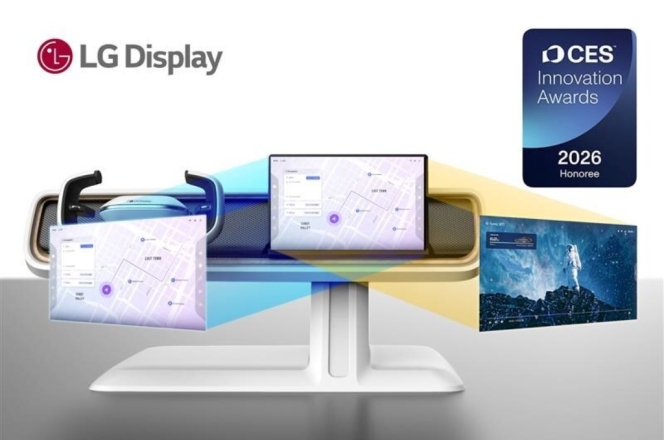
LG Display has secured two CES 2026 Innovation Awards from the Consumer Technology Association (CTA) for two automotive display innovations: Dual View OLED and Under Display Camera-infrared (UDC-IR) OLED.
Both products were honoured in the In-Vehicle Entertainment category for delivering space efficiency, superior picture quality and high standards of safety.
The Dual View OLED solution allows a single automotive display to show different content based on the viewing position. For example, the driver can view navigation while the front passenger streams content. Optimised pixel structure ensures the driver’s touch operation does not interfere with the passenger’s entertainment. The product utilises a Tandem OLED device structure for picture quality and operates reliably in environments ranging from -40deg C to 85deg C.
The UDC-IR OLED jointly developed with LG Innotek, is claimed to world’s first full-screen automotive display to conceal an in-screen driver-monitoring camera. LG Display developed advanced algorithms that make the camera hole invisible from the driver’s viewpoint. The camera integrates LG Innotek’s high-resolution IR camera and image-enhancement software to ensure accurate driver monitoring, which is becoming mandatory due to global safety regulations.
LG Display will showcase these solutions at a dedicated booth at CES 2026. The company has consistently won CES Innovation Awards, previously honoured for its Thin Actuator Sound Solution (CES 2023) and its 57-inch Pillar-to-Pillar LCD (CES 2024).


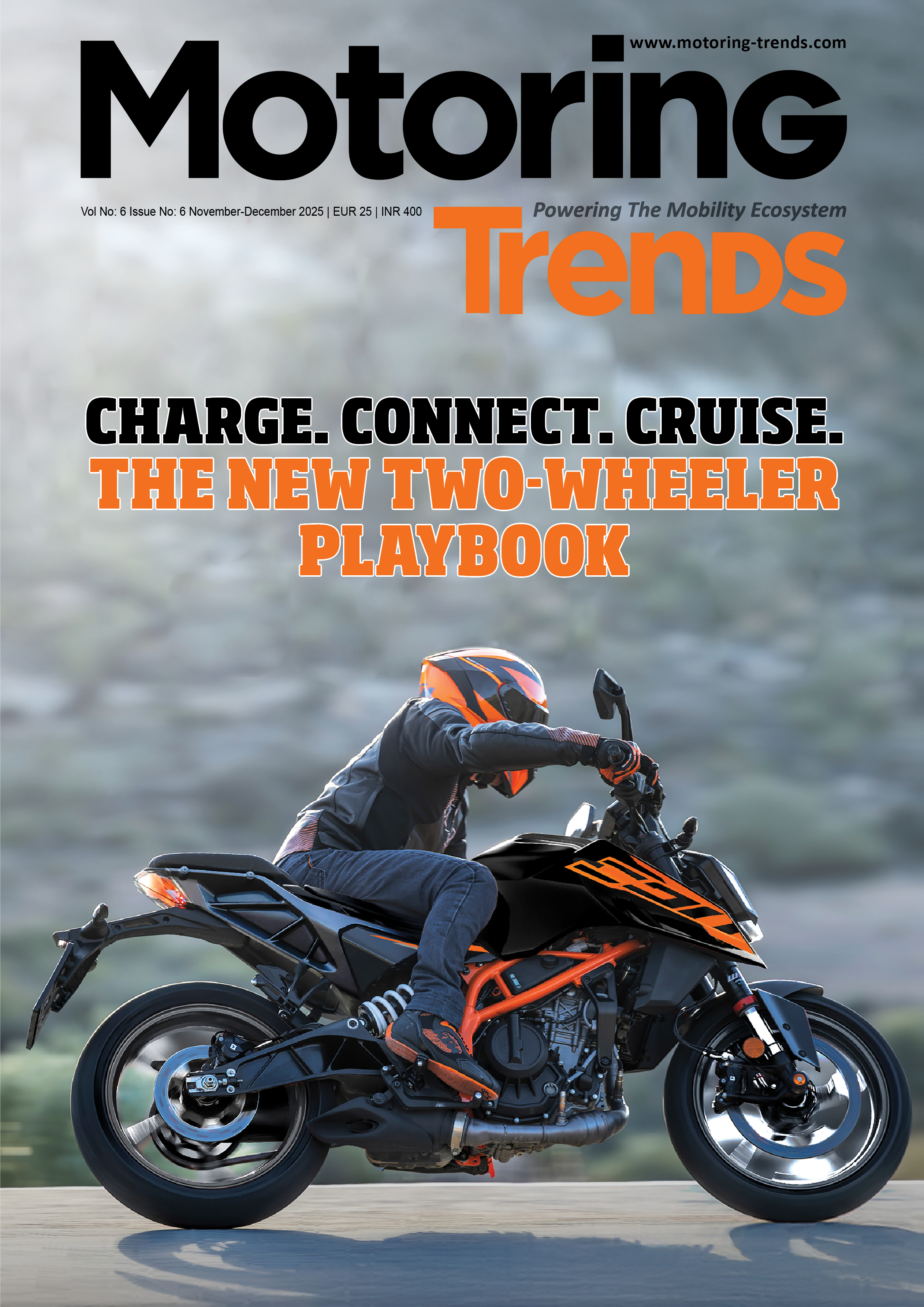

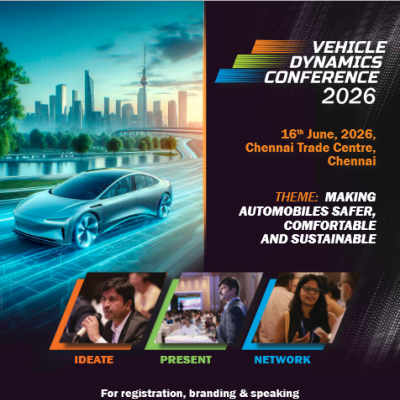
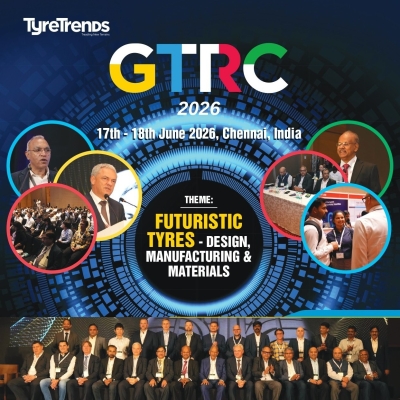
Comments (0)
ADD COMMENT